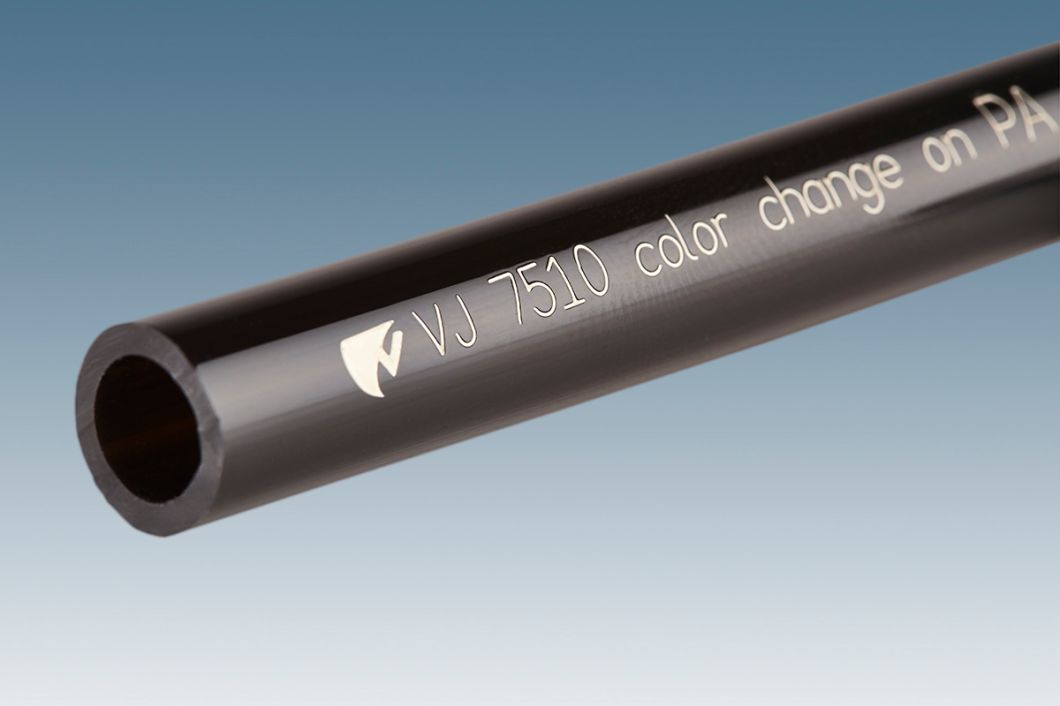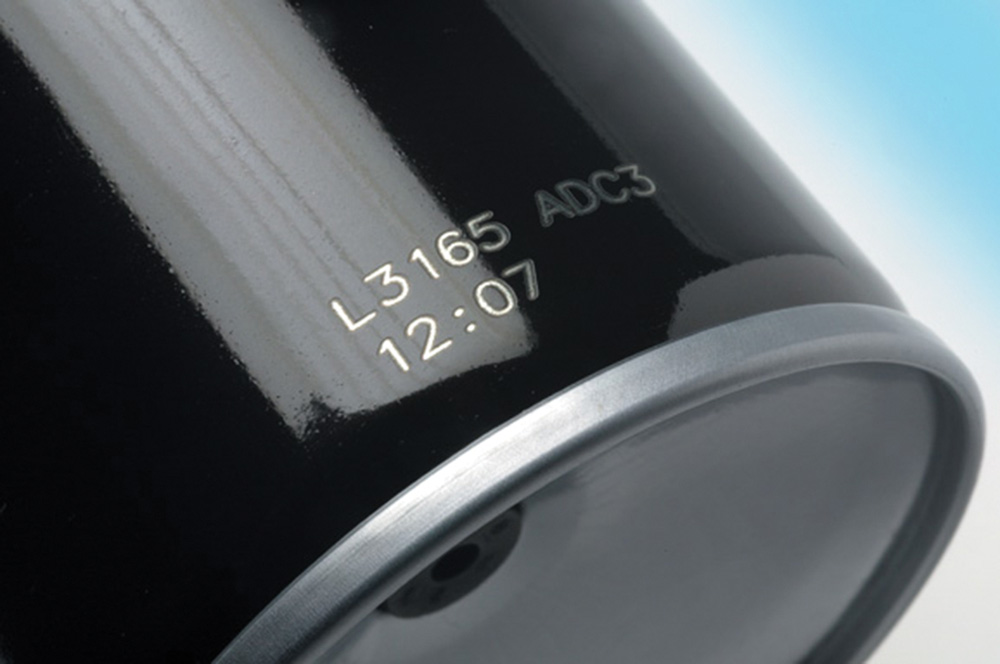Categories
Contact Us
Fiber laser engraving was developed to meet the needs of manufacturers who work with robust, high-density materials. Fiber lasers use a technology that has shown very promising results in the field of laser engraving. Compared to other types of lasers, they offer better quality in marking and engraving due to their short pulse duration, which minimizes thermal effects, and faster speed processing with high peak power pulses. These versatile lasers enable high-speed engraving of complex data, are easy to operate and can be easily integrated into production lines.
An advantage of fiber lasers over other types of lasers is that the laser light is both generated and delivered within a flexible medium, which allows easier and precise delivery to the target location. This is especially important for accurate laser engraving of metals and polymers. Another advantage is the potential for high output power compared with other types of laser. Fiber lasers support high levels of continuous output power, which allows efficient cooling. The fiber’s properties also reduce thermal distortion of the optical path, further ensuring precision engraving results.
Fiber lasers are compact compared with solid state or gas lasers of comparable power, and their high peak power and nanosecond pulses improve engraving. Their higher power and better beam quality provide cleaner cut edges and faster speeds. Fiber laser engravers are also available in a range of power levels from 10, 20, 30 and 50 Watts to a high of 100 Watts. This means that versions are applicable for a wide range of operations that have different power requirements, making them cost-effective for both large, high-speed operations and smaller company operations.
With marking speeds up to 900 marks per minute (m/min), fiber lasers are ideal solutions for operations with demanding production schedules. They produce permanent, clear and precise marking on parts; food, beverage and consumer packaged goods; and pharmaceuticals. These are industries that require laser engraving machines to achieve both high productivity and a high level of code contrast to ensure traceability.
Related Articles



